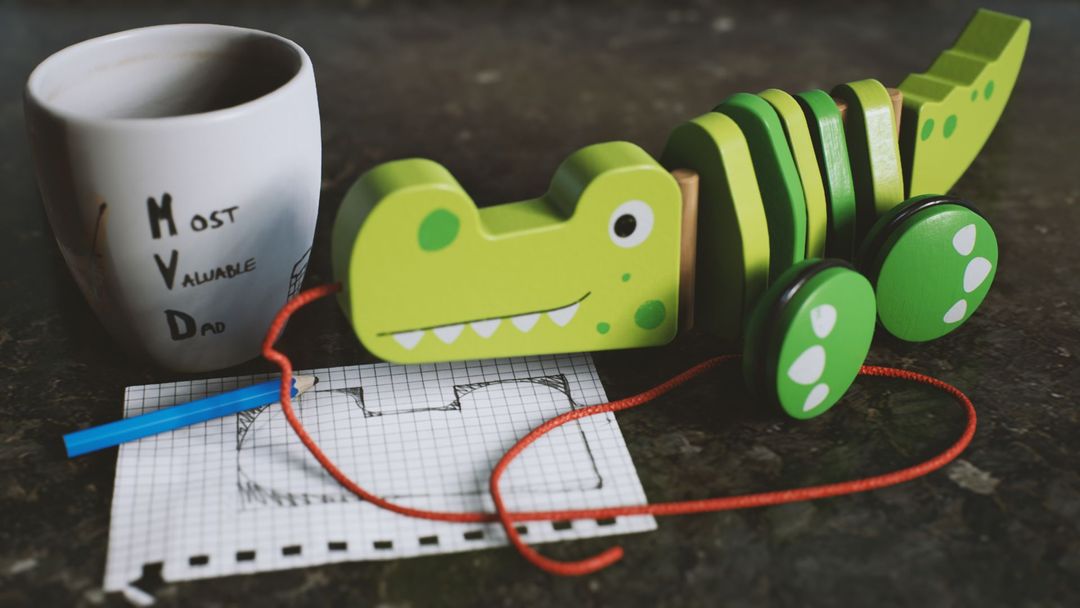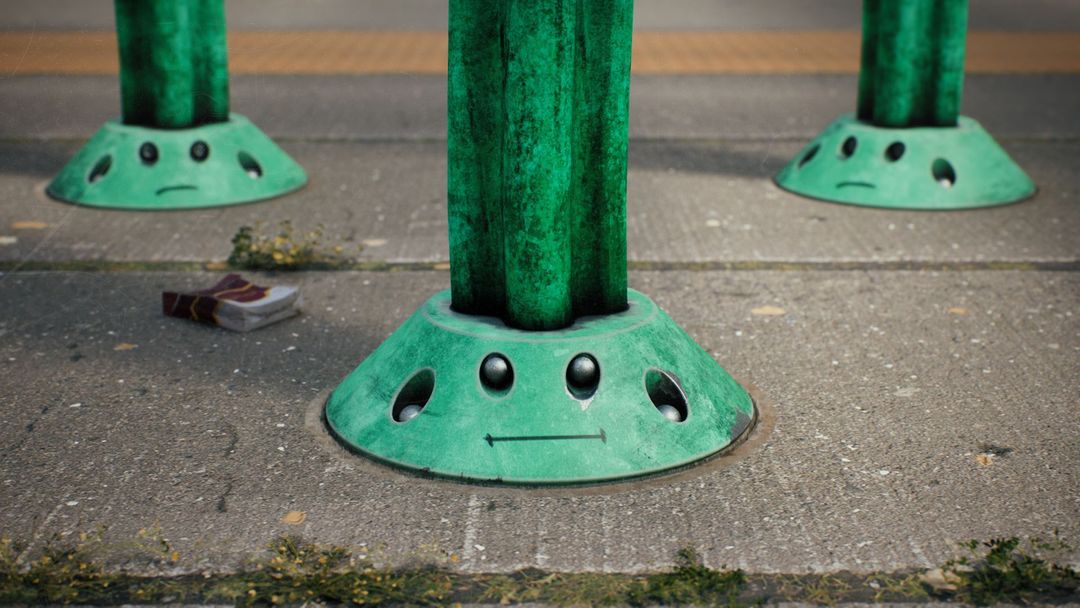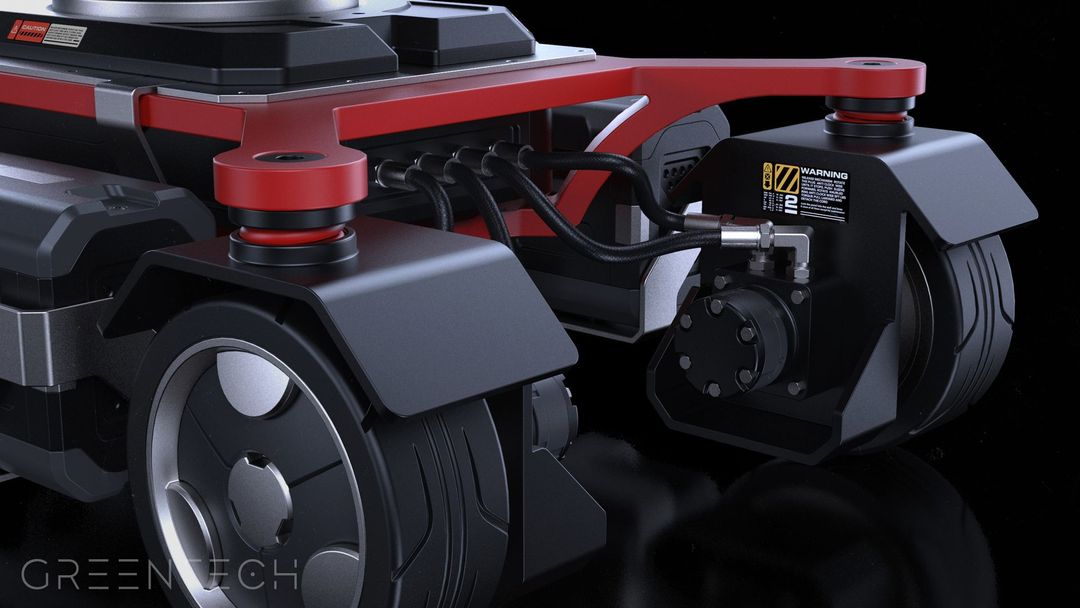Artist Interview with Chris Green
Freelance 3D Artist and University Lecturer Chris Green chat with us about his job and experiences.
Who are you? Can you tell us a little bit about yourself?
Hello, I’m Chris, a University Lecturer and freelance 3D Artist. I’ve been working in games since 2012 and have been an academic since 2015. I try to remain active in my craft by creating content that interests me and I try to share my knowledge on the process of creating content in the form of infographics too.

When did you first realise you wanted to work in the games industry?
It was never my intention to become a creative and having finished high-school I went straight into the building trade and qualified as a Plumbing and Heating Engineer. It wasn’t until my 20’s where my interests in the ‘Special Features’ of how films and games were made, led to me wanting to know more about the creative process – asking myself, “Do people get paid to do this?!”

What sort of education or training did you pursue to improve your skills as a 3D artist? Do you think this fully prepared you for working as a 3D artist?
The reason I chose to study at University was simply that I did not have the time to work and learn in my spare time – I was quite literally buying time with my student loan. Most if not all of my time was spent on Polycount and Google Hangouts with like-minded individuals, absorbing as much as I possibly could about the creative process and networking with professionals. Developing this network, enabled myself and others to collectively evolve our understanding of workflows and critique one another's projects. More importantly, many close relationships were forged along the way, which led to several of us working together.

You have been lecturing for over 5 years now, What did you take from your own University experience into your teaching style?
As a ‘mature’ student I went into University expecting tutors to hold my hand through the entire process much like School and I felt like I wasn’t progressing very far at all. It wasn’t until my girlfriend (now wife) told me that ‘University is about being able to teach yourself how to learn’ and that is my responsibility to take the information and further my understanding – Be a Deep Learner and focus on employment, not grades! I think it is important, to be honest with students and make them aware that coming to study a degree does not guarantee a job at the end. Much like a gym membership, having one is great but if you just sit on your couch all day then it isn’t working for you – invest in yourself and keep practising. In my delivery, I am heavily focused on nailing the fundamentals, be it hard-surface modelling, UV mapping or Baking. There is no one size fits all approach to teaching but with 3D, as long as you have a strong foundation to build upon, you can manipulate your learning to meet your interests – Characters, Environments, Weapons etc.

What are the most common mistakes you see artists making when applying for a job as a 3D artist?
Having been on several sides of the industry (Student, interviewee and interviewer) the most common misconception I see from applicants/students is that they overstretch themselves and try to do it all – forgetting that studios are comprised of multiple disciplines that consist of teams of artists and designers. Keep your projects small with an emphasis on quality and not quantity. My advice to anyone looking to break into the industry is simple:
• Find the studio(s) that you want to work for.
Always aim for the stars, but match this with some realism. It is highly unlikely (not impossible) that you will land yourself in a AAA studio like Naughty Dog straight out of your studies. This should encourage you to investigate Artists at the studio in positions your aspire to – look at their employment road map to see where they started and how they got to where they are.
• Identify the role you want to pursue.
The creative industry is expanding at a significant rate and new roles are always emerging out of the woodwork. Pursue a role that interests you and do not get enticed by the volume of roles advertised. I have heard too many times that people want to switch from character art to environment art because ‘there are more roles available’. This is a poor mindset and those interested in the field will always succeed when compared to those settling – never give up!
• Read the studio's job description.
So many people neglect this form of research and it baffles me because this is the ‘answer sheet’ to employment. Obviously, the experience card sits at the very top of most advertised roles and this is a great filter to prevent unconfident people from applying for the role. Meaning those who are confident enough to apply on a whim, will most likely get their work reviewed, which could lead to greater things. The next bit requires some honest self-reflection – do you know the software? Do you understand the creative pipeline? If you don’t, this should be addressed in the form of a portfolio piece which you can then show on your portfolio to demonstrate your capabilities.
• Research Artist/Designers at the studio, preferably Junior roles as this is the entry point – Use Artstation, Linkedin, Discord etc.
Much like the job research process, start to find Artists at the studio and review their work. The most common mistake made, is that people tend to view Lead Artists or Senior Artists work – a confidence killer! Find Junior Artists, ignore their industry work and simply look at their personal works – this is likely what landed them the role.
• Start connecting with people!
This is by far the most important point because this is your platform to employment. Without a stage or network, who is going to recommend or find you? Employers will always ask their employee’s if they know anyone looking for a job, regardless of the industry – it is cost-effective advertising that puts the employee's credibility at stake, so it is in their interest to provide them with their best option (or decline).

Thanks for your time, before you go can you tell us what we can expect to see from you in 2021?
Thanks for having me, I hope the information helps someone and if I can do it, anyone can. 2021 is going to be an interesting one for us all. My wife and I are expecting our second child and remodelling our new home so we have our work cut out for us. As for art, I am currently working on some smaller projects which I’m hoping to share with you all sometime later in the year. Aside from that, I’m hoping to make some small personal pieces too.
Want to Be a Featured Hero?
Reach Out Now- Share Your Story, Tutorials, or anything you find interesting.
Get in touch!Have a CG Project?
Looking for assistance with your next project? Post your project and receive quotes from our Heroes.
Post Your Project